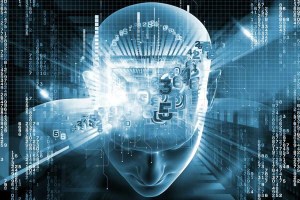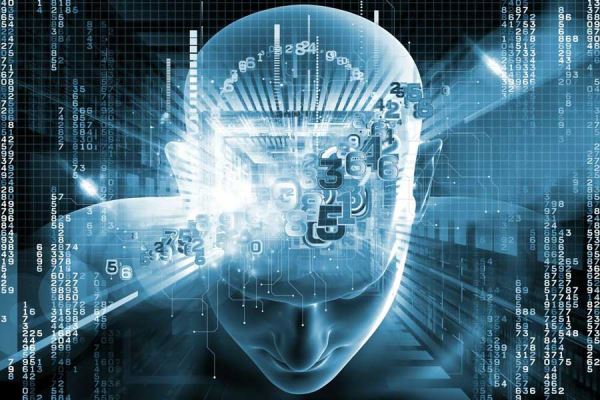In the evolving digital era, the industrial sector has long been shifting towards tools that can efficiently and effectively automate tasks, helping to address workforce challenges, reduce costs, and meet basic security needs.
Many organisations have adopted artificial intelligence (AI) technology to improve productivity, discover insights, and address pain points for customer value creation. This increasing use of “digital twins” relies on industrial data being delivered from more network-connected sensors than ever before.
Increasing digitalisation creates additional risks for organisations in the form of cyberattacks. The industrial sector may be particularly vulnerable to attacks that corrupt information, sabotage operations, steal data, or compromise the organisation’s reputation.
Cybercriminals are becoming increasingly sophisticated and well-funded, so it’s critical for businesses to implement strong cybersecurity. Approaches using AI can help here.
Industrial companies are looking for better ways to protect their critical infrastructure devices. These devices have become particularly vulnerable in recent years given the growing number and increasing severity of attacks on power utilities and manufacturing plants.
AI has the potential to mitigate cybersecurity risks and protect these devices in a number of ways, and the adoption of AI-based cybersecurity systems is expected to grow in 2020.
Protecting your business
Using machine learning (ML), a subset of AI, software can be taught to identify unusual and potentially malicious activities. The ML system is fed vast amounts of data, teaching the software to recognise patterns and anomalies. This means AI-driven security systems can potentially identify even quite obscure behaviours that indicate a cyberattack is occurring or about to occur. The cybersecurity solution can then initiate a response and contain the attack.
Systems that use AI proactively look for vulnerabilities in the organisation’s information to reduce the risk of them being exploited by online threats. AI combines and analyses multiple factors including hackers’ discussions on the dark web, the patterns used, and the reputation of the hacker to determine when and how the threat might make its way to vulnerable targets.
AI systems can also unlock potential for natural language processing, which collects information automatically from news, articles, and studies on cyberthreats to provide insight into cyberattacks, anomalies and prevention strategies.
Businesses can use this information to stay updated on the latest risks and can build strategies to protect their organisations.
Developing a cybersecurity system
AI can also improve multifactor authentication to increase security for users. Multifactor authentication requires users to provide more than one identifier, for example, a password and a fingerprint or unique access code.
AI can be used to understand an individual’s behaviour and build a virtual model of that user, similar to the “digital twin” of an industrial process. This model can then be used as one of the factors in deciding the access privileges to give to the user, along with the network location of the user in real-time, making the authentication framework more dynamic and secure.
The need for industrial companies to develop a comprehensive cybersecurity system is essential as the sophistication of cyberattacks grows. AI tools that use ML can be augment human decision-making, which is attractive to industrial companies that are looking for rapid and effective analysis of vast quantities of data to make effective cybersecurity decisions.
Downtime in critical infrastructure environments can be catastrophic and the use of AI-based solutions to help minimise downtime caused by both operational and cybersecurity issues, though still largely in its early stages, will grow in 2020 and beyond.
Steve Hunter is senior director, systems engineering, Asia Pacific and Japan, Forescout


